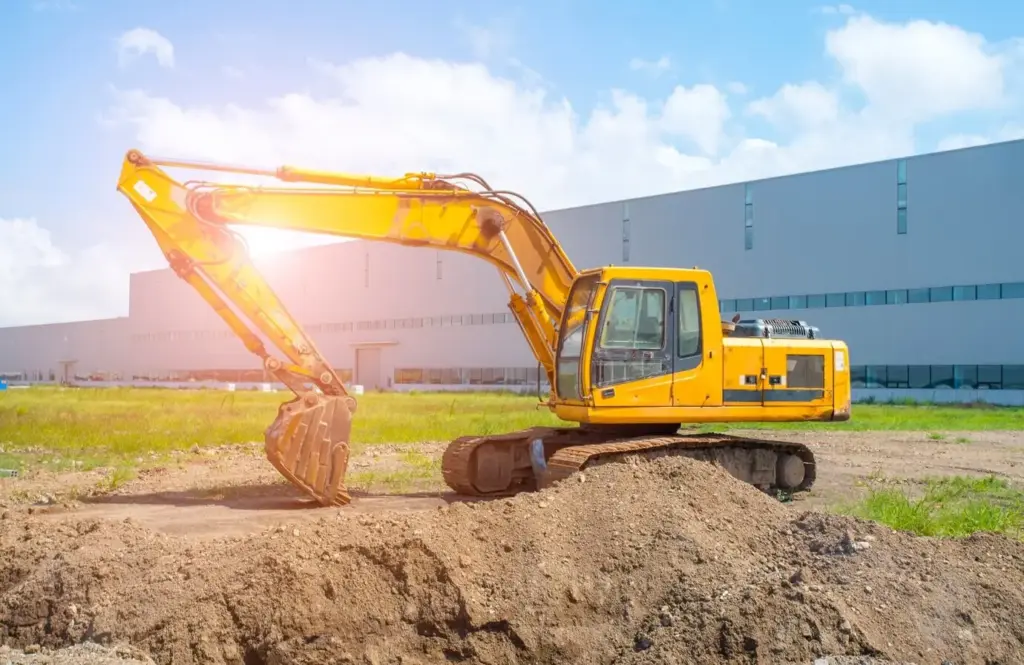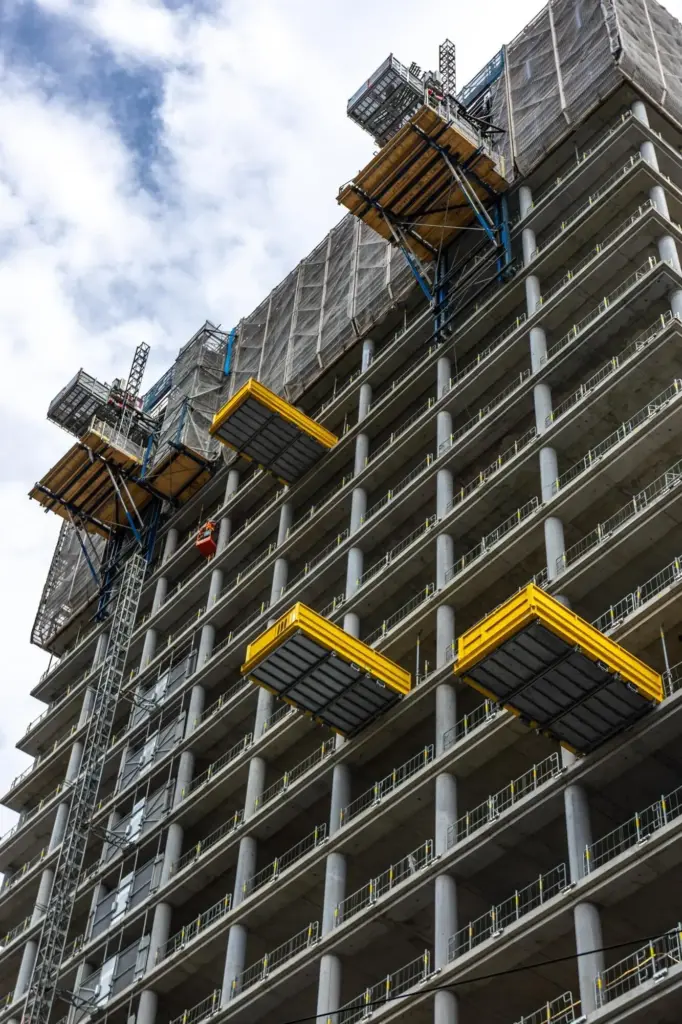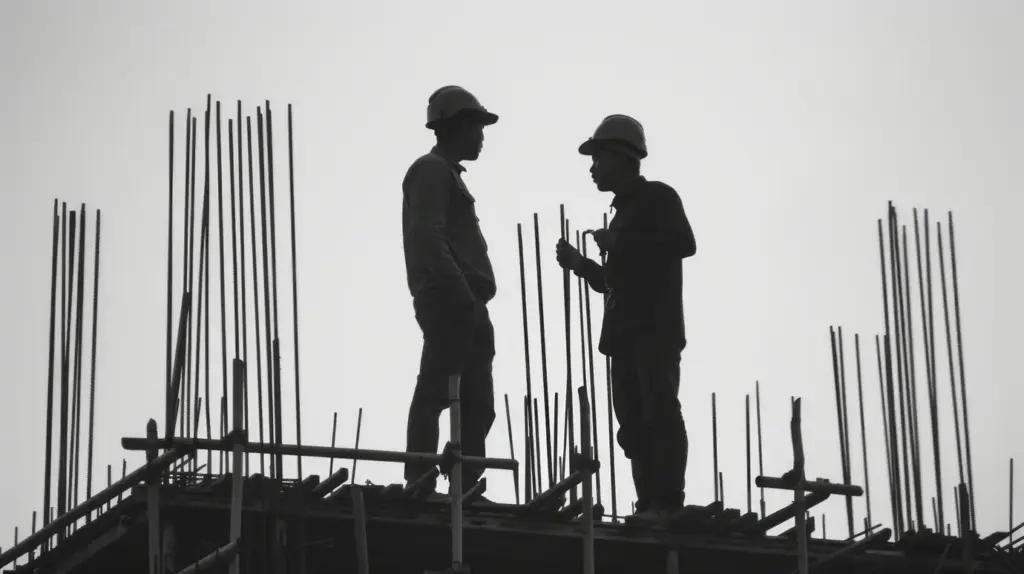Design New Residences that Sip Energy and Celebrate Sustainable Materials

Passive Strategies that Do the Heavy Lifting
A High-Performance Envelope from Foundation to Roof
{{SECTION_SUBTITLE}}

Windows, Frames, and Thermal Breaks that Matter

Continuous Insulation and Moisture Management




Clean Energy Systems that Complement the Building
Materials that Respect the Planet and Your Budget
Low-Carbon Structure: Mass Timber, Recycled Steel, Better Concrete
Mass timber sequesters carbon and speeds construction with precise components. Where steel is required, recycled content and electric-arc furnace sourcing dramatically cut impacts. Concrete remains vital; specify supplementary cementitious materials and optimized mixes to lower emissions. Right-sizing structural spans saves material and cost. Use life-cycle assessment to compare options objectively. The structural skeleton defines much of a home’s footprint, so smart choices here yield enduring performance and meaningful climate benefits without sacrificing strength or design freedom.
Interior Finishes: Healthy, Durable, Repairable
Select surfaces that can be maintained and repaired, not replaced—solid wood floors, lime plasters, porcelain tile, and durable laminates with disclosed ingredients. Insist on low-VOC paints and adhesives to protect indoor air quality. Natural oils and waxes support healthy maintenance cycles. Consider factory-finished items that control emissions before installation. Design trim and baseboards to be removable, enabling easy upgrades. Finishes set daily experience; when they are healthy and robust, both people and budgets breathe easier.
Local Sourcing and Circularity
Sourcing locally reduces transport emissions and builds regional crafts. Ask suppliers about take-back programs, recycled content, and component repair options. Specify standardized fasteners and reversible connections to enable disassembly and reuse. Salvaged doors, reclaimed brick, and remilled timber add character while lowering impacts. Plan storage for leftover materials to support future repairs. Circular design turns waste into future resources, reinforcing community networks of makers, suppliers, and homeowners who care for buildings across their entire life.
Water Wisdom for Efficient, Resilient Homes
01
Rainwater and Greywater, Collected and Reused
Right-size cisterns based on roof area, rainfall patterns, and intended uses such as irrigation or toilet flushing where codes allow. Filter and store water in shaded, accessible tanks with clear maintenance plans. Greywater systems deliver consistent supply for landscaping, reducing potable demand. Use drought-tolerant plantings adapted to local conditions. Place conveyance lines with gravity where possible to minimize pumps. When outdoor and indoor cycles collaborate, landscapes remain vibrant while the home’s resource footprint quietly shrinks.
02
Fixtures and Landscapes that Save Without Sacrifice
High-performance showerheads and faucets feel great while trimming flow. Toilets with dual-flush mechanisms balance hygiene and conservation. Outside, drip irrigation targets roots precisely, and soil improvements hold moisture. Choose native grasses, shade trees, and layered plantings that create microclimates. Replace thirsty lawns with courtyards, permeable paving, and habitat-rich gardens. These measures enhance beauty and biodiversity while cutting water bills dramatically. Comfort and conservation, when designed together, create outdoor rooms that truly welcome daily life.
03
Smart Plumbing Layouts and Leak Detection
Design short hot-water runs and consider manifold systems to minimize pipe lengths and wait times. Insulate hot lines to preserve heat. Add smart leak detectors and automatic shutoff valves at key points—water heaters, sinks, and clothes washers. Monitor usage trends to catch hidden losses early. Provide access panels for valves and junctions so maintenance is straightforward. Thoughtful layouts save energy, protect finishes from damage, and keep water systems transparent, reliable, and easy to live with.
Comfort, Health, and Beauty Without Waste






Costs, Incentives, and the Long View
